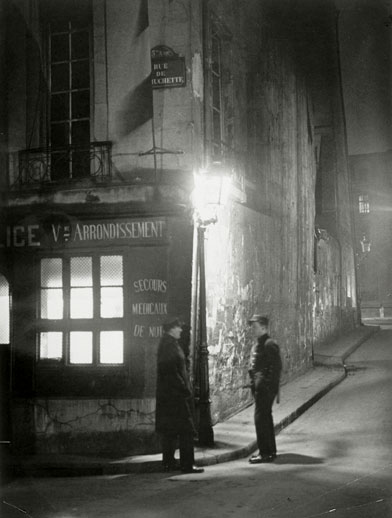Fr : version française / En: english version
Sleep soundly, good people!
Scorned unless needed, awaited like the Messiah when called, a policeman does not have an easy lot in life.
Created by Philippe Auguste in 1254, the "Chevalier du Guet", assisted by 20 sergeants on horseback and 26 on foot, oversaw the first city police force, and was also given the task of handling matters of everyday justice. The policeman's job has changed significantly since those times. In 1667, the king's minister Jean-Baptiste Colbert appointed Gabriel Nicolas de la Reynie as Paris' "Lieutenant de Police" (senior sergeant) and described the associated duties as follows: "The police are there to ensure the safety of the public and private individuals, to safeguard the city against disorder..."
Hiding out in churches...
One of the main obstructions to everyday justice stemmed from the churches' right to grant safe haven to lawbreakers; asylum was given as soon as the person held the church door knocker or ring.
Such practices, based on respect for holy ground, show to what extent abuses could be committed in the name of religion, and to what extent the Church, when involved in "earthly" matters, could be a hindrance to society. It was only under Louis XII—who reigned from 1498 to 1515 and was known as the "Father of the People"—that this often exploited loophole related to the right to asylum was stamped out.
Extract from Honoré Frégier's 1850 history of the Parisian police force based on the legal assembly of 1789 Histoire de l'administration de la police de Paris, depuis Philippe-Auguste jusqu'aux États généraux de 1789 (Tableau moral et politique de la ville de Paris durant cette période, considéré dans ses rapports avec l'action de la police). (Free translation from the French)
From constables to police officers, from beat cops to the Police Urbaine de Proximité (public order and traffic control), policing is a profession that will be around for a long time to come!



























